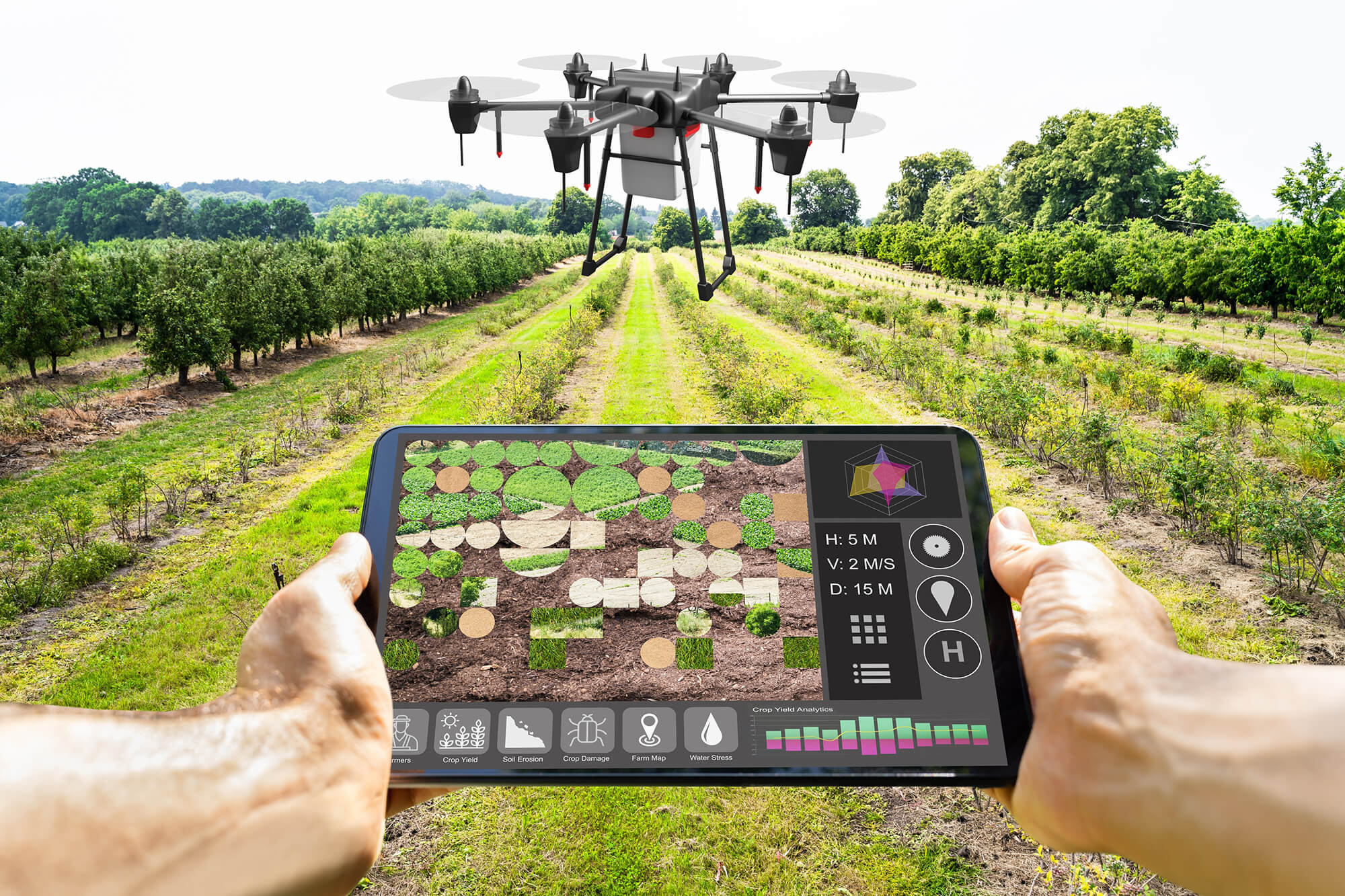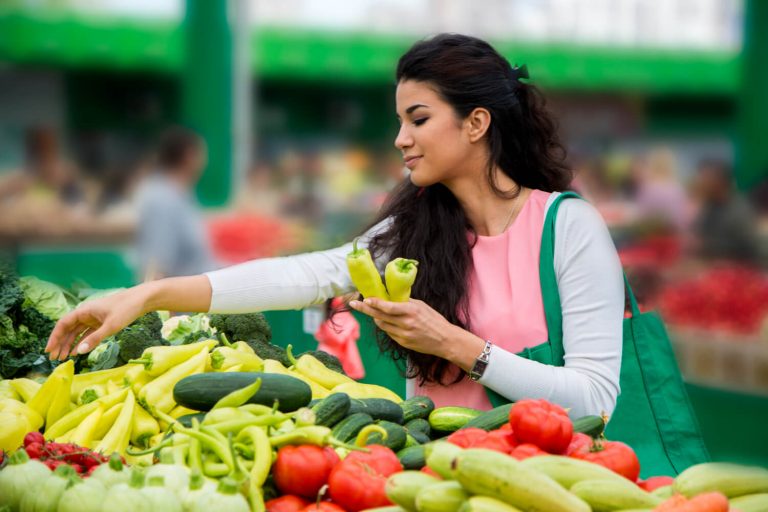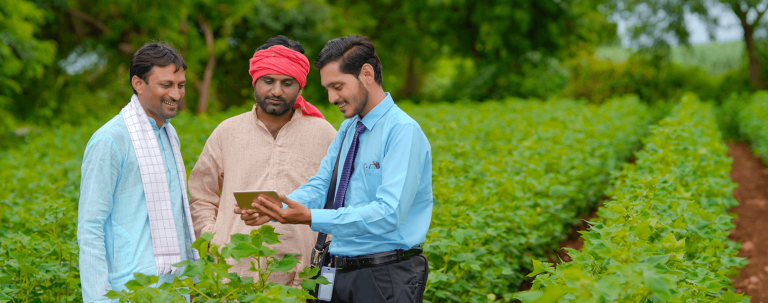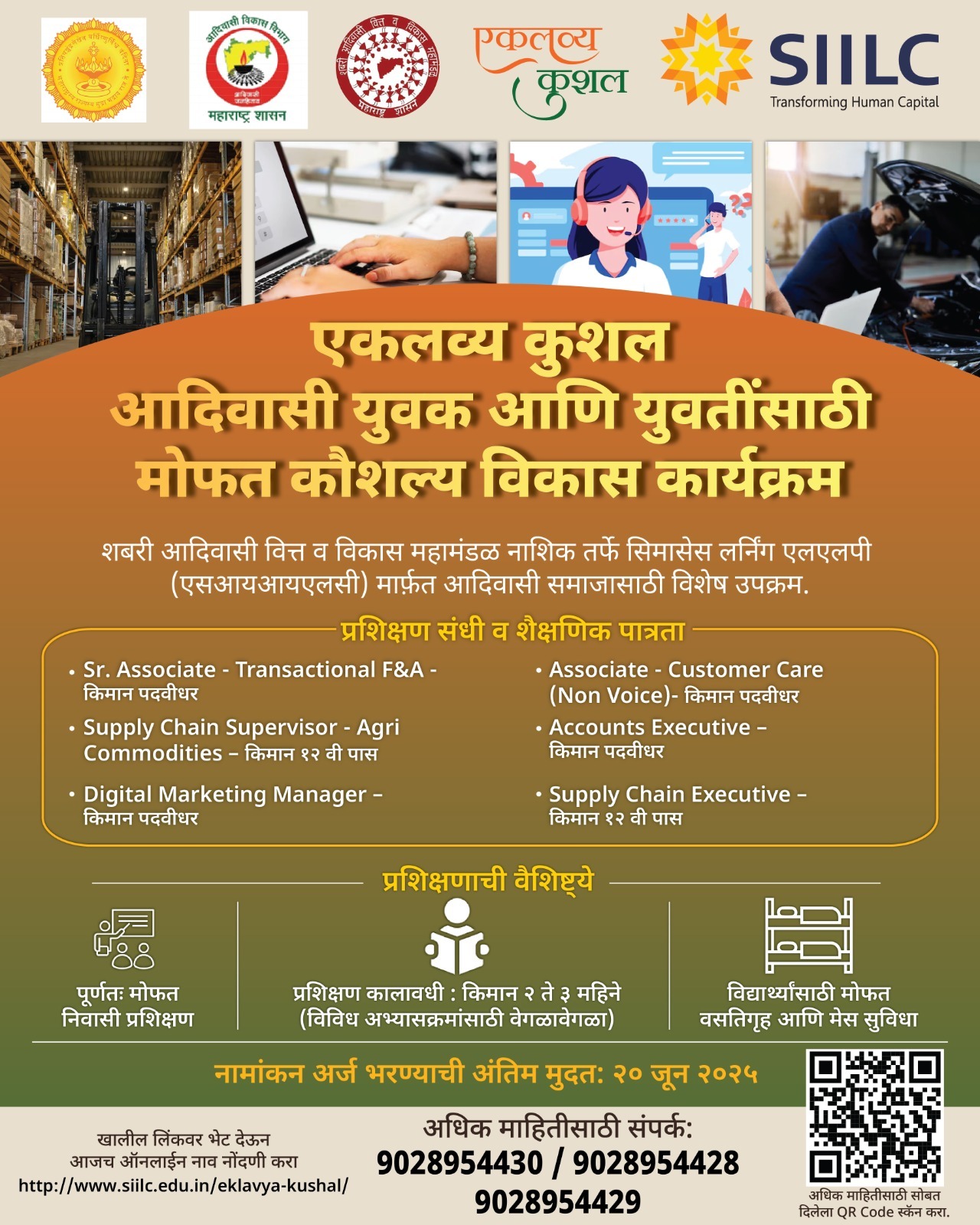The Rise of Smart Farming: How IoT and AI are Revolutionizing Agriculture
Considering the rise of smart farming, let us first introduce you to the concept of smart farming and why it is important.
Smart farming refers to the application of advanced technologies like the Internet of Things (IoT) and Artificial Intelligence (AI) to optimise and automate agricultural processes. It represents a revolutionary shift from traditional, labour-intensive methods to precision agriculture that is data-driven and efficient. This means, that agriculture, like all other fields is now becoming empowered with the use of digital mediums.
Historically, agriculture has evolved from manual farming to mechanisation and now, the world needs more. With growing concerns about food security, climate change, and resource depletion, traditional methods are no longer sufficient. This is where agri-tech solutions step in, enhancing productivity while promoting sustainability.
The Role of IoT in Smart Farming is extremely dynamic and fascinating at the same time. Here’s a look at what’s happening
What is IoT in Agriculture?
IoT in agriculture involves the integration of physical devices, such as sensors, drones, and automated systems, with the internet. These devices are specially developed to collect and transmit real-time data about various aspects of farming, including soil health, crop conditions, equipment status other weather conditions and more. Whether it’s a large commercial farm or a small-scale family-run field, IoT is proving to be essential in enabling seamless communication between farming tools and analytics platforms, providing farmers with actionable insights and proactively sharing information on what the farmers should prepare for.
How IoT Sensors Enhance Precision Agriculture
We understand that while this is new information, it might be difficult to fully gauge the understanding of the technology. But here are some instances which can help you better understand how these IoT sensors can help enhance precision agriculture.
- Soil Moisture Sensors: These monitor the moisture levels in the soil, allowing farmers to optimise irrigation and reduce water waste.
- Weather Monitoring Systems: Real-time updates on temperature, rainfall, and wind conditions help in making timely decisions about planting and harvesting.
- Smart Irrigation Systems: Using data from soil and weather sensors, these systems automate watering schedules, improving water efficiency and crop yield.
- Livestock Monitoring Devices: Wearable sensors on animals track health metrics and automate feeding schedules, improving herd health and reducing labour.
Real-Life Applications of IoT in Farming
Now that you understand, you must be wondering how to apply this to your farm and the answer is in finding examples and understanding what can best suit your farm needs.
- Case Study: Punjab, India – Farmers using IoT-based soil and weather sensors have seen a 25% increase in yield and significant water savings.
- Global Initiatives – Countries like the Netherlands and Israel are pioneers in using IoT to grow more with less.
- Government Support – Programs like India’s Digital Agriculture Mission are actively promoting IoT adoption among farmers.
Artificial Intelligence in Agriculture: Let us look at the different applications of AI in agriculture.
AI-Powered Crop Monitoring and Disease Detection
AI systems use image recognition to scan crops and detect signs of disease or pest infestations early. These insights allow for targeted interventions, reducing the need for blanket pesticide use and protecting crop health.
AI-Driven Predictive Analytics for Yield Forecasting
AI analyses historical weather, soil, and crop data to forecast yields with remarkable accuracy. This predictive power helps farmers prepare for market demand, optimize input use, and plan logistics better.
AI-Powered Robotics in Farming
- Harvesting Robots – AI-driven machines can identify and pick ripe produce with speed and precision.
- Planting & Weeding Bots – These robots automate seeding and weed control, reducing labour costs and boosting efficiency.
- The Future – Autonomous tractors and drones are already in development, marking the next frontier of AI-powered farming.
Benefits of Smart Farming with IoT and AI
- Higher Productivity – Real-time monitoring and automation lead to increased crop yields.
- Cost Efficiency – Reduced labour and optimised resource use lower operational costs.
- Sustainability – Smart farming supports eco-friendly practices by minimising waste.
- Food Security – With better yield predictions and disease control, the global food supply becomes more secure and reliable.
Challenges and Limitations of Smart Farming
- High Initial Costs – Setting up IoT and AI systems can be expensive, especially for small farmers.
- Data Privacy – Ensuring that collected data is secure and used ethically is a growing concern.
- Skill Gaps – Farmers need training to understand and operate new technologies effectively.
- Internet Dependency – A stable internet connection is critical, but still unavailable in many rural regions.
Future of Smart Farming: What’s Next?
- Blockchain Integration – Ensures transparency in food supply chains and enhances traceability.
- 5G Connectivity – Will enable real-time, high-speed data sharing for precision tasks like drone spraying or robotic harvesting.
- Climate Adaptation – AI tools will help farmers adjust to climate variability by modelling weather patterns and suggesting adaptive strategies.
Conclusion: Is Smart Farming the Future of Agriculture?
Smart farming is not just a trend—it’s the need of the hour. With increasing global demand for food and shrinking natural resources, integrating IoT and AI into agriculture offers a path toward sustainable, productive, and profitable farming. Embracing this digital revolution can help farmers, both big and small, thrive in the modern agricultural landscape.
FAQs
- What are the best IoT devices for smart farming?
Soil sensors, weather stations, smart irrigation systems, and livestock wearables are highly effective. - How does AI help farmers increase their yields?
By providing predictive insights, early disease detection, and automating labour-intensive tasks, AI helps boost productivity. - Is smart farming cost-effective for small-scale farmers?
While initial costs may be high, long-term benefits in efficiency and yield make it a valuable investment. Subsidies and shared infrastructure models can also help. - What are the future trends in agricultural technology?
Blockchain, 5G connectivity, climate-adaptive AI models, and fully autonomous farms are key emerging trends.





